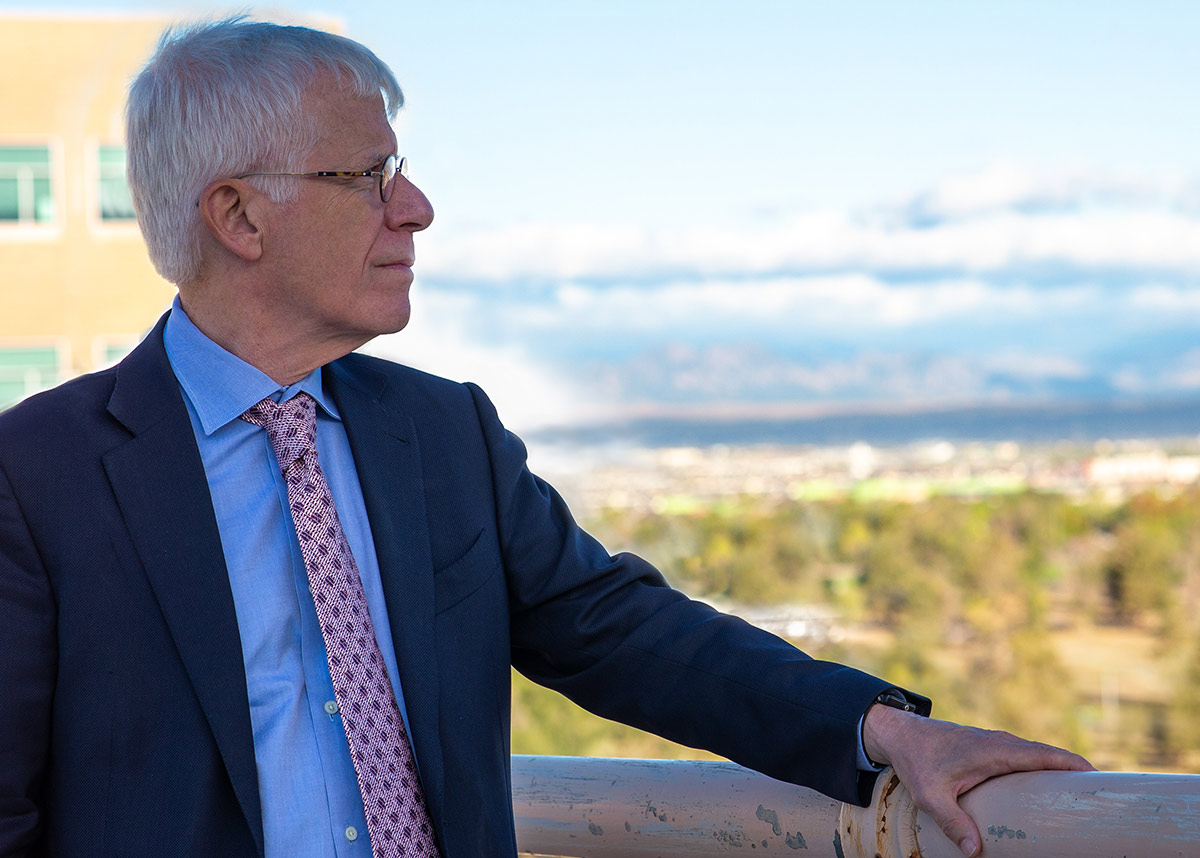|
The imprint of the COVID-19 pandemic on public health (and all else) was immediate and will be lasting. Is this the time to start revisioning public health as we continue to contend with the pandemic and look to the future? I think so, and offer a viewpoint along with long-term colleagues - Ross Brownson and Graham Colditz at Washington University in St. Louis, and Tom Burke at the Johns Hopkins Bloomberg School of Public Health - in an article just published in the American Journal of Public Health.
Entitled "Reimagining Public Health in the Aftermath of a Pandemic," the article identifies the "public health fault lines" revealed by the pandemic, windows for action over the next five years, and "the ingredients for changing public health." Our intent is to promote needed conversation, planning, and action. We end with a call to convene stakeholders as a first step in the reimagining.
Unfortunately, the fault lines revealed by the pandemic became obvious as the epidemic curve rose steeply and local, state, and federal agencies quickly failed to meet the three core functions of public health: assessment, policy development, and assurance. While more routine surveillance functions were fulfilled, timely and accurate testing has yet to be implemented at the needed level. Policy development has been a "patchwork" from the outset, leading to a seesawing of epidemic curves across the country. How could a motorcycle rally with several hundred thousand participants have taken place in Sturgis, South Dakota? The consequences are now being reported.
Beyond failures in meeting the three core functions of public health, the pandemic surfaced the long-standing and worsening inequities in health and income within the United States and the poor health status of the country. Rates of infection and death have been far higher among minorities and those in service occupations who cannot work from home. The high burden of non-communicable disease also drives risks in the population, further contributing to the pandemic's inequities. Misinformation and hoaxes have accompanied previous pandemics, but this is the first in the social media era. The consequences are alarming with rapid spread of misinformation that deviates from the consensus of the scientific community. Most importantly, the need for investment in the public health workforce and infrastructure stands out.
The table sets out what we think will happen over the next five years. Over these critical years, reimagining needs to start and to be continued as challenges shift. We set out the elements of the public health system to be addressed: leadership and political will; improved approaches to characterizing risk; interconnecting public health and medicine; using systems thinking to build public health structures that better follow Public Health 3.0 and that incorporate the powerful tools of data sciences; and finally, new communications approaches are needed to bring evidence-based and credible messaging to decision-makers and the public.
Planning and process will be needed. The authors (myself included) plan to reach out to key organizations to spark the start of "reimagining."
Our students will be part of a reimagined public health system. The fall semester is starting with orientation this week, an event retooled to reflect the pandemic. Across our three campuses, CU Anschutz and UNC will be fully remote while CSU will have some on-campus classes. Entering students number more than 350 students, a substantial increase from 2019, and perhaps reflecting a pandemic-sparked interest in public health. I am hopeful that the students entering in 2020 will find high demand for their skills on graduation and that they will be part of the needed transformation of public health. I wish them good luck.
Stay distanced and wear your mask,
|




